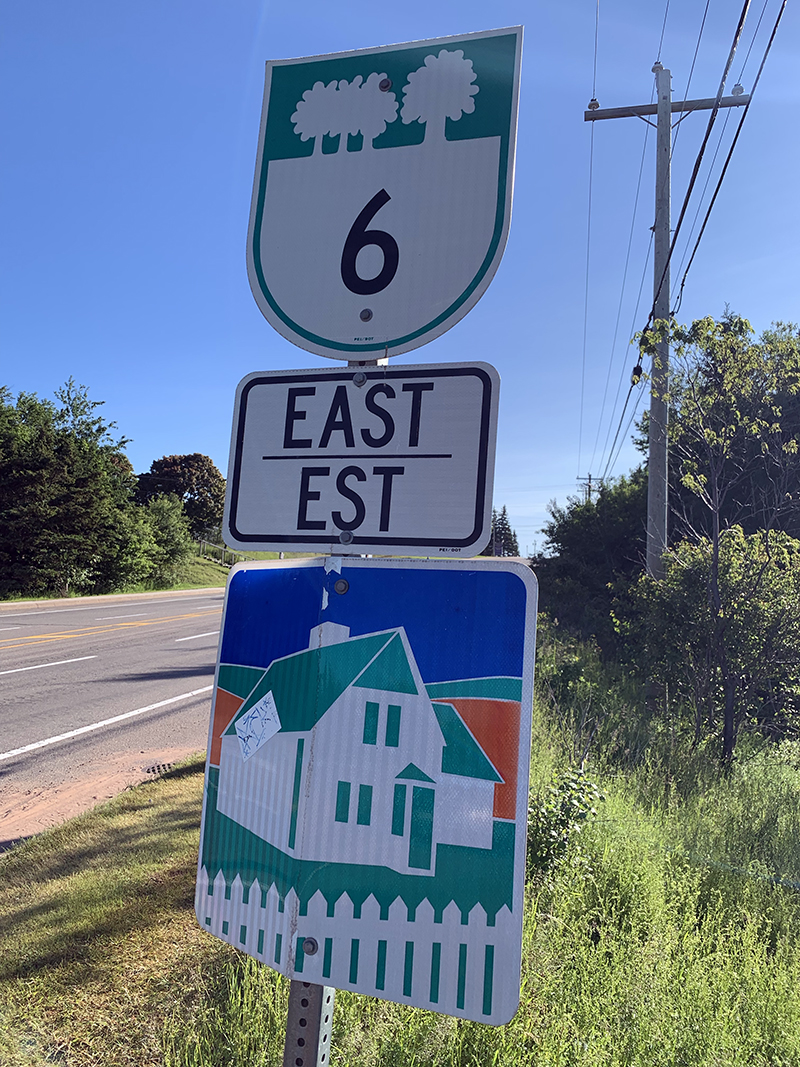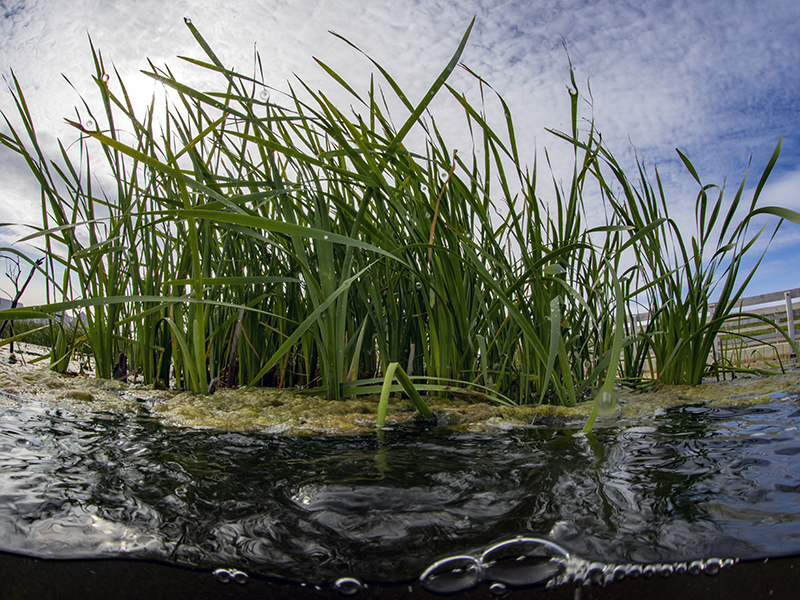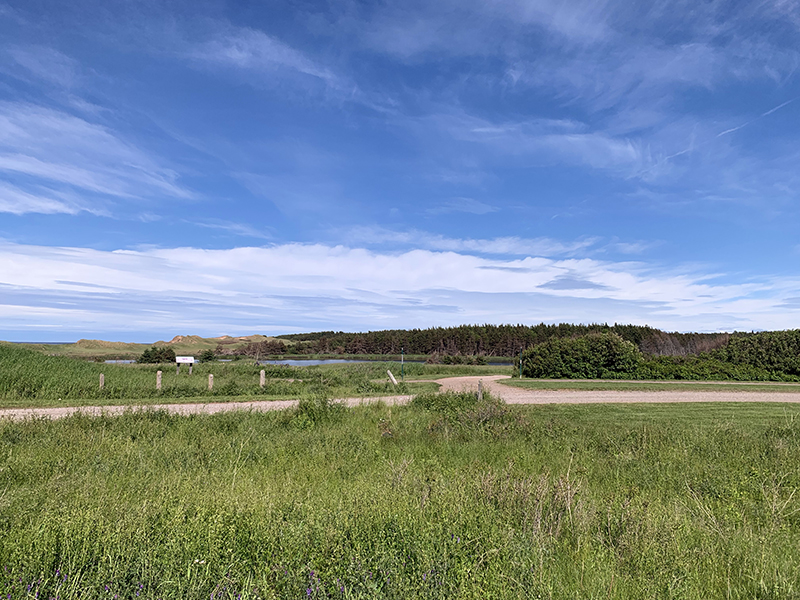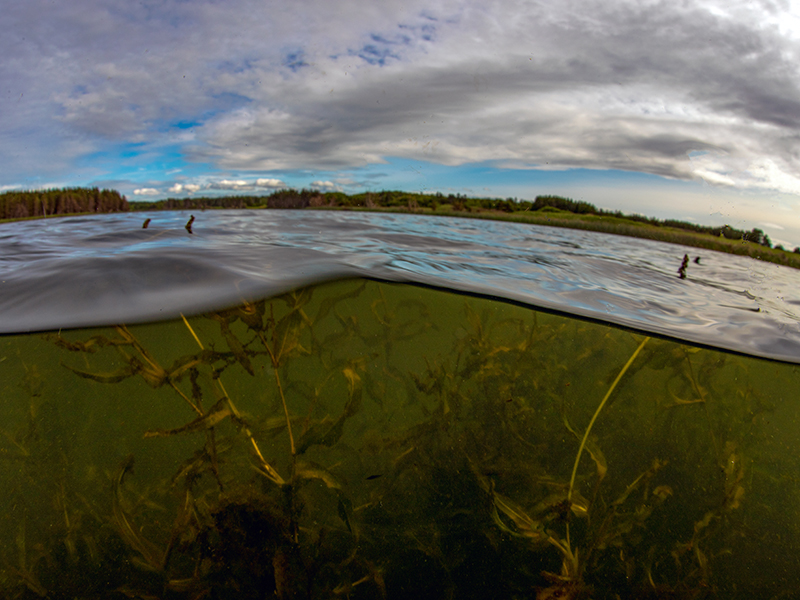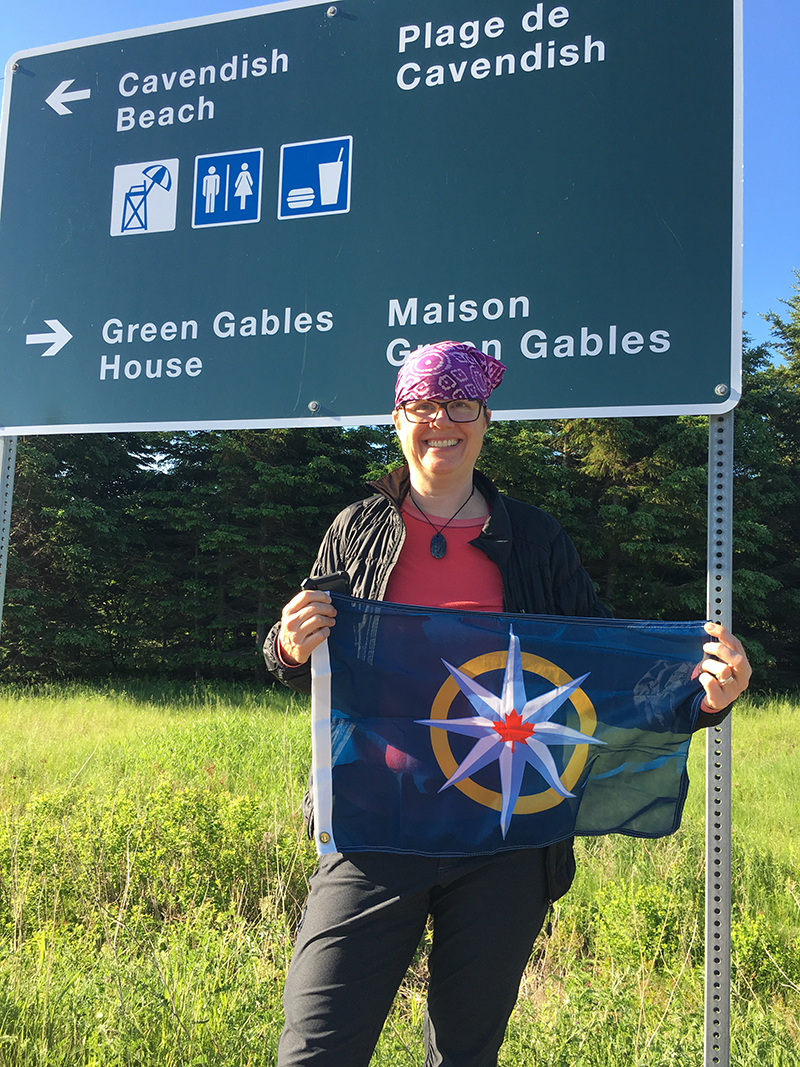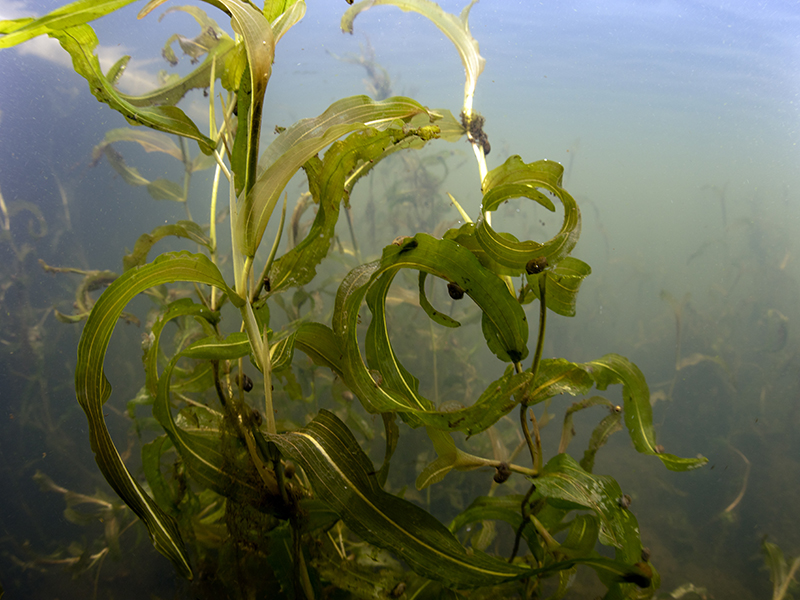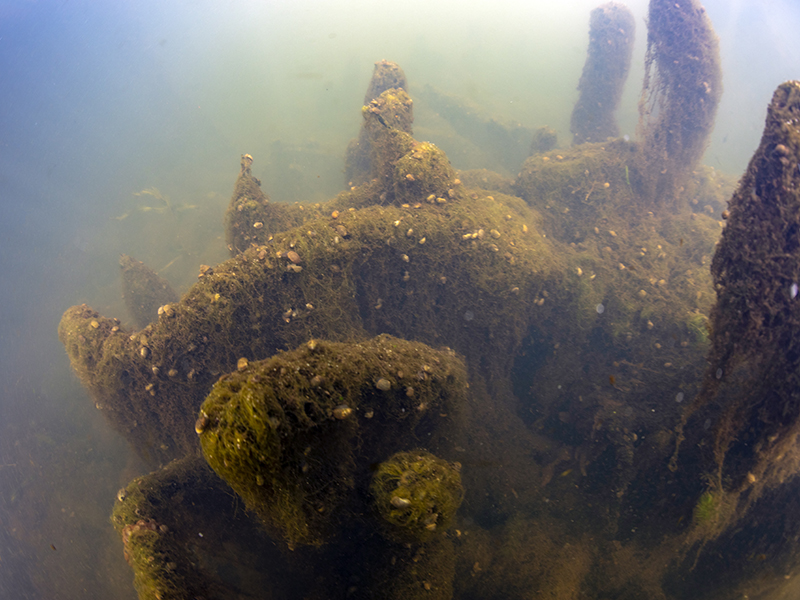When I first launched the idea of an Underwater Canada project, I wanted to be sure it wasn’t a stunt. I wanted to visit every province and territory and tell water stories, but I did not expect them all to provide beautiful vistas and stunning examples of undersea life. I wasn’t even sure that I would be able to take my underwater camera on every leg of the journey. And, recently traveling the east coast of Canada, I felt like I was getting stumped by Mother Nature. The east coast has plenty of stunning underwater environments to show off, but wind, waves and inclement weather always seemed to be in my way. Delayed in the small community of Port Aux Basques, Newfoundland, with a gale blowing in the Cabot Strait, Robert and I abandoned our tent for a more comfortable B&B to wait out the storm. The ferry back to the mainland would not run for days. We were trying to reach PEI, the last province on our east coast checklist.
Getting tight on our return date to Ottawa, we finally made a night crossing and arrived in PEI to see a rolling surf pummelling the shoreline. The location I had planned to dive was 24 feet deep, but the rolling waves were head high and looked like chocolate. There was no point in even trying to get in the water. The sea was a roiling washing machine of brown clay. Instead of photographing lobsters, skate, and pipefish, I needed to find another story subject. It turns out that it has been chasing me this entire trip. This recent gale may or may not be evidence of climate change, but rising sea levels and a shifting environment are big news in this low lying province. (This terrific Toronto Star feature shares the details)
I decided to jump into a marshy estuary to dive on the lee side of the shoreline dunes that protect the coastal region from the worst onslaught of weather. Estuaries don’t always look appealing from the surface. Rushes and aquatic vegetation fill these generally shallow marshes that are ripe with malodorous algal gunk that scares off swimmers. But they are full of life. Birds nest in the grasses that shelter young fish in nurseries that offer them a chance to grow to a sustainable size before entering rivers or the ocean food chain. These idle-looking bodies of warmish water are susceptible to the effects of climate change. A mere inch of extra water can change everything. Certain birds evolved to hunt in marshes. Their legs are precisely long enough to permit wading. Higher water means they can’t forage and can’t land on the solid bottom. They aren’t swimmers, and without the correct water depth, they can’t fish. Their beaks are perfectly designed to spear or snag fish. If the water is too deep, they can’t catch fish that swim passed their webbed feet. Even sub-aquatic vegetation reaches up to pierce the surface to breathe (see photo).
Marshes might not be as stunningly beautiful to photograph as a bank of vibrant anemones, but they are interesting examples of the balance of nature. Nature is subtle. A humble female bivalve clam in this muddy bottom will draw sperm through her gills and fertilize her eggs internally, but for the species to continue, she will hatch and release glochidia larvae perhaps once a year. She’ll display a pretty mantle to attract one or two species of fish to have a look. When they get close, she will expel her young to attach themselves to the fish gills or fins. The host fish will carry around her young for a while until it’s immune system shuns the larvae to create a new colony. This relationship relies on young, immature fish whose immune systems will tolerate being a host long enough to safeguard the baby bivalves. Older fish won’t hang on the larvae sufficiently and allow them to mature. Yes, nature is subtle. These symbiotic relationships are everywhere, and even small changes to our water planet can usher in a host of changes that might threaten one of the partners in nature’s dance of life.
As a witness to the marvels of our watery world, I feel privileged to swim in these places. I recognize there is a story everywhere.
If you get a chance to make shore dive on a calm day in PEI, check out one of these popular sites:
White Eagles, Cavendish Beach Shore Dive
Enter Cavendish Beach at PEI National Park. Head east following the park road along the coast for about 0.6km up to the parking lot located on the north side near the White Eagle Cottage. You will find a rocky bottom with lobster, flounder, ocean perch, eel, winter skate 24 feet deep.
Point Prim Wharf
From Charlottetown, follow Route 1 for about 38 km and then follow Route 209 southwest for 9.9 km. At the little hill, turn right (west) on a small unpaved road for 0.5km. 20 feet deep
Tracadie Beach, Tracadie Harbour, PEI
Sandy/Grassy bottom 15 feet deep with lobster, crabs, flounder, American eel, northern pipefish, hermit crabs, and perch.
Panmure Ledge, Panmure Island, PEI
Sandy bottom 18 feet deep with rocky ledge with lobster, flounder, crabs.
Seal River Bridge, Cardigan, PEI
Sand/silt bottom to rock/shell bottom 20 feet deep with lobster, flounder, crabs, sponges, and perch.
Check out the Divers Quarters for charters and other info.
